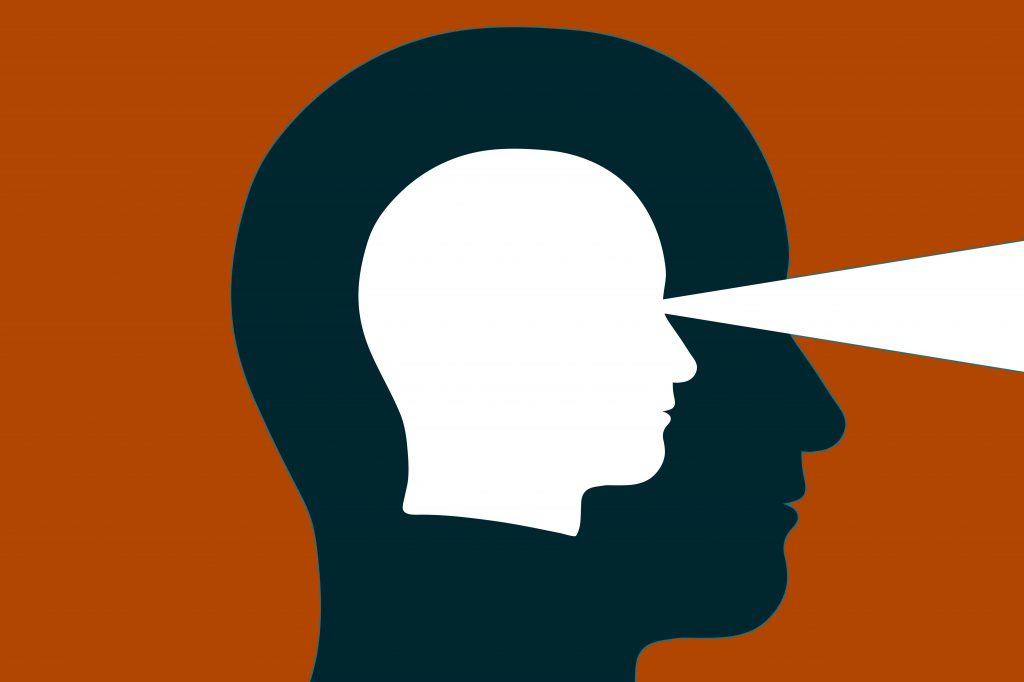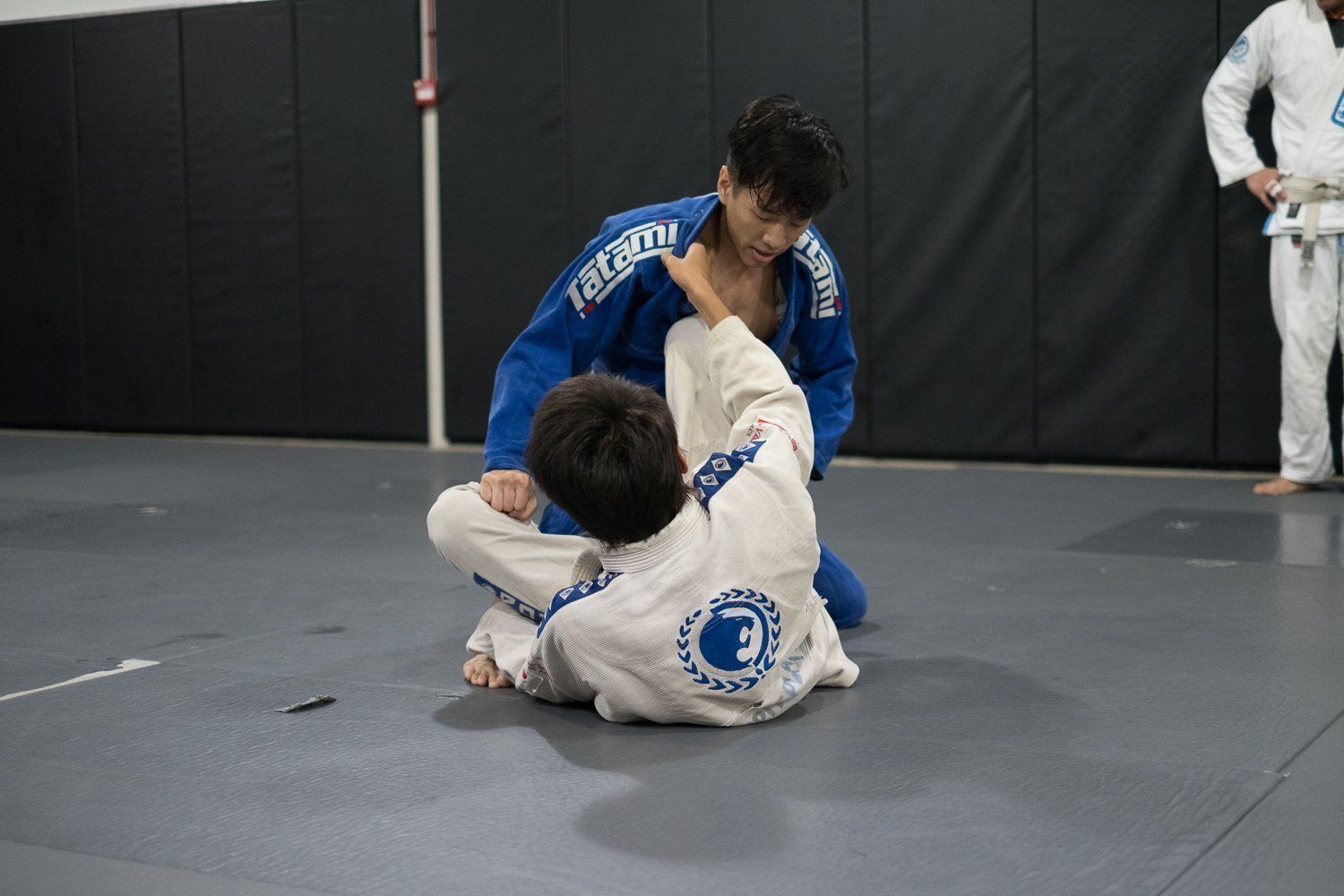I’ll leave this:
1. People survive violence daily, the world over, that have zero training. Far more so than are trained, regardless of your reasoning why.
2. The highest kill-count, by far, in the world is from completely untrained civilians. Jails are full of them. Many walk free among us. Some are waiting to happen. But the fact remains…
3. The ability to inflict violence has minimal to do with physical systemic or stylistic training…it has to do with will. (which supersedes any training)
4. The majority of the various (there are many, not at all just limited to the physical) types of violence are inflicted upon us by known entities – friends, family, acquaintances, satellites, etc. – NOT by the highly-perpetuated “stranger danger” that the majority of instructors are training you for. Global statistics, facts, case studies, and hard facts bear this out regardless of your personal belief.
5. Yet, through all this, we live in the generally the safest time in recorded history.
All 5 of these are usually denied vehemently by the majority of martial arts instructors, as they don’t go along with the rhetoric needed to create a business usually based on fear, anxiety, and paranoia.

The theory forever perpetuated that we ‘need’ all these systems and subsystems and styles and arts and methods and belts and titles and certificates and self-defense classes and fight records to protect ourselves…is just that, pure theory. Evolution and experience have given us a ton of tools with which to do so and they’ve been pretty damn effective to get us this far on the timeline, long before any organized syllabi ever existed.
Remember:
a. Most modern systems are ‘very’ new in the grand scheme of things, if we’re really researching their origins, and were created for an abundance of reasons specific to their culture, location, time, creator, need – much of which likely has absolutely nothing to do with your current existence. Others of old have been lost forever, often for the same reasons.
b. Instructors constantly bring their rather subjective opinion on violence based on their personal experience/s, which may (or may not, as is far more often the case) have anything at all to do with yours.
c. Methods are predominantly gimmick-driven by nature…some new inventing-of-the-proverbial-wheel idea that no human since the dawn of time has ever thought of with regards to physical conflict.
Head up, eyes open, logic and common sense activated.








